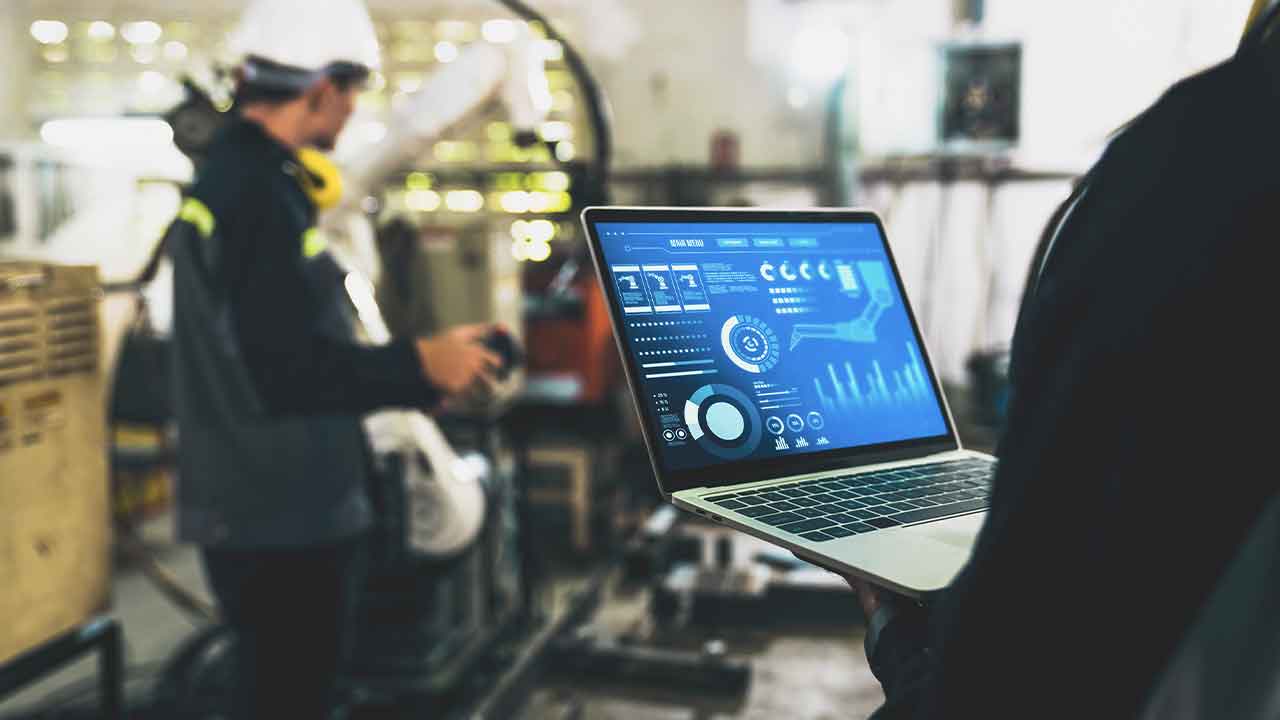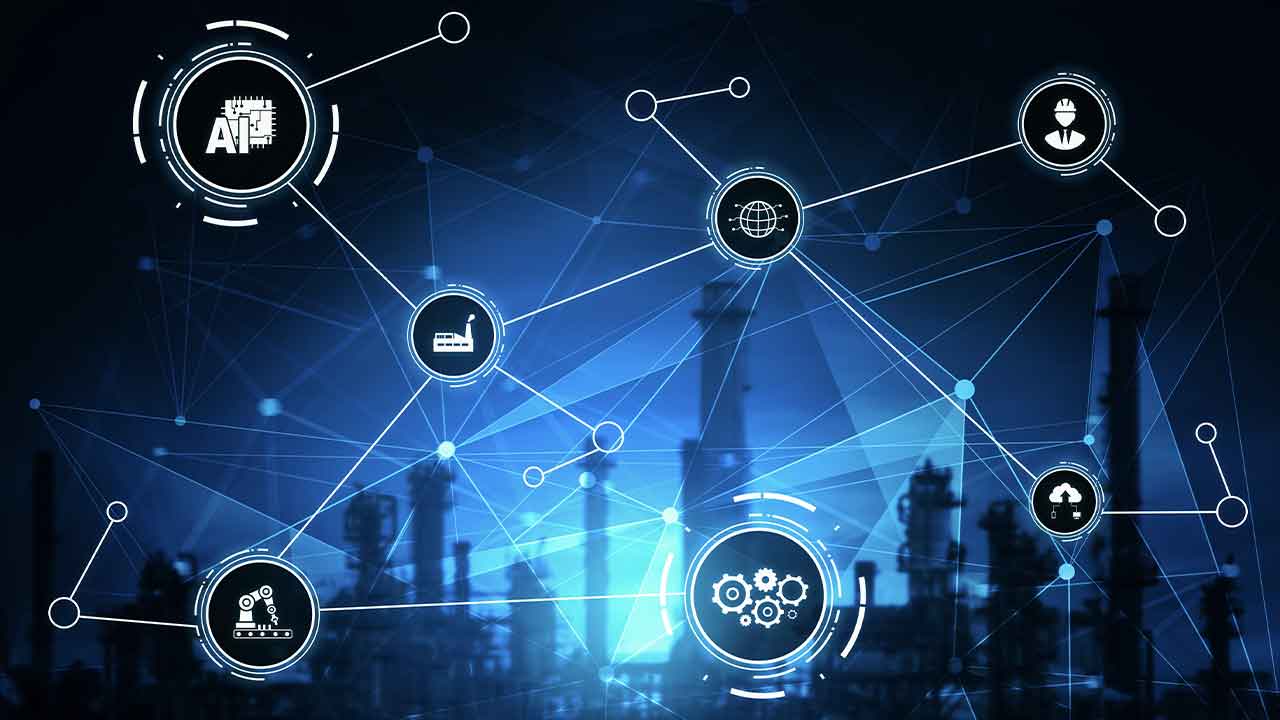Energy-Centric Predictive Maintenance: Smarter, Sustainable Operations for Modern Manufacturers | SPONSORED
At Hannover Messe 2025, the evolving role of predictive maintenance takes the spotlight as industrial leaders explore how AI can drive smarter, more sustainable manufacturing. Sunil Vedula, Founder and CEO of Nanoprecise Sci Corp, shares a forward-looking perspective on how maintenance is becoming more than just an unplanned downtime-avoidance tool—it’s turning into a strategic growth enabler.
Predictive Maintenance That Integrates Energy and Reliability
One of the most significant advancements in the predictive maintenance space is the integration of energy efficiency metrics with equipment reliability data. Traditional predictive maintenance focused solely on identifying when a machine might fail. Today, energy-centric approaches are surfacing that add an important layer: how inefficient performance contributes to excess energy consumption.
Modern systems now detect not only what’s going wrong, but how that issue is increasing operating costs—long before a breakdown occurs. When a compressor or motor begins to degrade, it may still function but consume significantly more power. By surfacing these changes in real-time, maintenance teams can act earlier, avoiding both energy waste and potential downtime.
Diagnosis, Detection, and Prescription—All in One Platform
Advanced predictive maintenance platforms are moving toward full-cycle automation. The process begins with sensor data collected from rotating equipment. AI models, including domain-specific and spectrum analysis algorithms, process the data to deliver:
- Fault diagnosis
- Energy consumption impact
- Root cause analysis
- Maintenance prescriptions
This shift streamlines decision-making for maintenance teams, who no longer need to interpret complex reports or charts. Instead, actionable insights are presented clearly, allowing technicians to implement fixes with confidence and speed.
Debunking the Myth: Reliability vs. Efficiency
A common misconception in the industrial sector is that reliability and energy efficiency are separate or even conflicting goals. However, integrating both into a single maintenance framework reveals their interconnectedness.
As machines fall out of alignment or experience component wear, energy consumption typically increases—even before failures occur. When companies can tie rising energy use to specific mechanical issues, maintenance becomes a tool not just for operational continuity, but for sustainable resource management.
This changes the conversation around predictive maintenance. It’s not just about “keeping things running”—it’s about running things better.
Predictive Maintenance as a Strategic Enabler
Predictive maintenance is becoming a central pillar of operational strategy for manufacturers operating under increasing pressure to maximize productivity while minimizing cost and carbon footprint.
Properly timed maintenance actions don’t just prevent downtime—they keep equipment operating at peak efficiency. That translates to higher throughput, less energy waste, and longer asset life.
Predictive maintenance platforms with energy insights offer a dual benefit: uptime and efficiency. This combination supports both profitability and sustainability goals, making the maintenance function a driver of growth rather than a cost center.
ROI Beyond Downtime Prevention
The return on investment for predictive maintenance is often measured in downtime avoidance—but that’s only part of the picture. When tracked and acted upon, energy savings also deliver significant financial impact.
For example, identifying a 10–15% increase in energy consumption and acting on it quickly can deliver 3–5x ROI through energy cost reduction alone. When applied to production-critical machinery, where downtime has a high cost, the ROI may rise to 10–25x. Even for non-critical assets, which often make up the bulk of a facility’s equipment, early interventions based on energy data can yield strong returns over time.
Scaling Globally, Adapting Locally
An important consideration in deploying predictive maintenance at scale is contextual relevance. Maintenance teams vary across sectors, geographies, and technical cultures. The most effective platforms don’t just deliver accurate insights—they present them in ways that technicians can understand and act on, regardless of their location or expertise level.
This human-centered approach to automation ensures that AI-powered maintenance tools are adopted widely and used effectively, not just by engineers and analysts but by those working directly with the machines.
The Future of Maintenance Is Energy-Aware, Data-Driven, and Scalable
The evolution of predictive maintenance—anchored in energy awareness, automation, and global applicability—marks a key inflection point in the journey toward smarter manufacturing.
With machine data now delivering deeper insights and AI making that data actionable in real-time, maintenance is no longer a reactive function. It’s a strategic tool for maximizing uptime, minimizing energy waste, and scaling efficient operations across complex industrial environments.
As the conversation at Hannover Messe 2025 shows, energy-centric predictive maintenance is not just the future—it’s already here, and it’s redefining how manufacturers operate, compete, and grow.
Sponsored by Nanoprecise
About the author
Lucian Fogoros is the Co-founder of IIoT World.
Related articles:
- The Role of Predictive Maintenance in Achieving World-Class OEE with IIoT
- Predictive Maintenance Meets OEE: A Roadmap to Smarter Manufacturing



